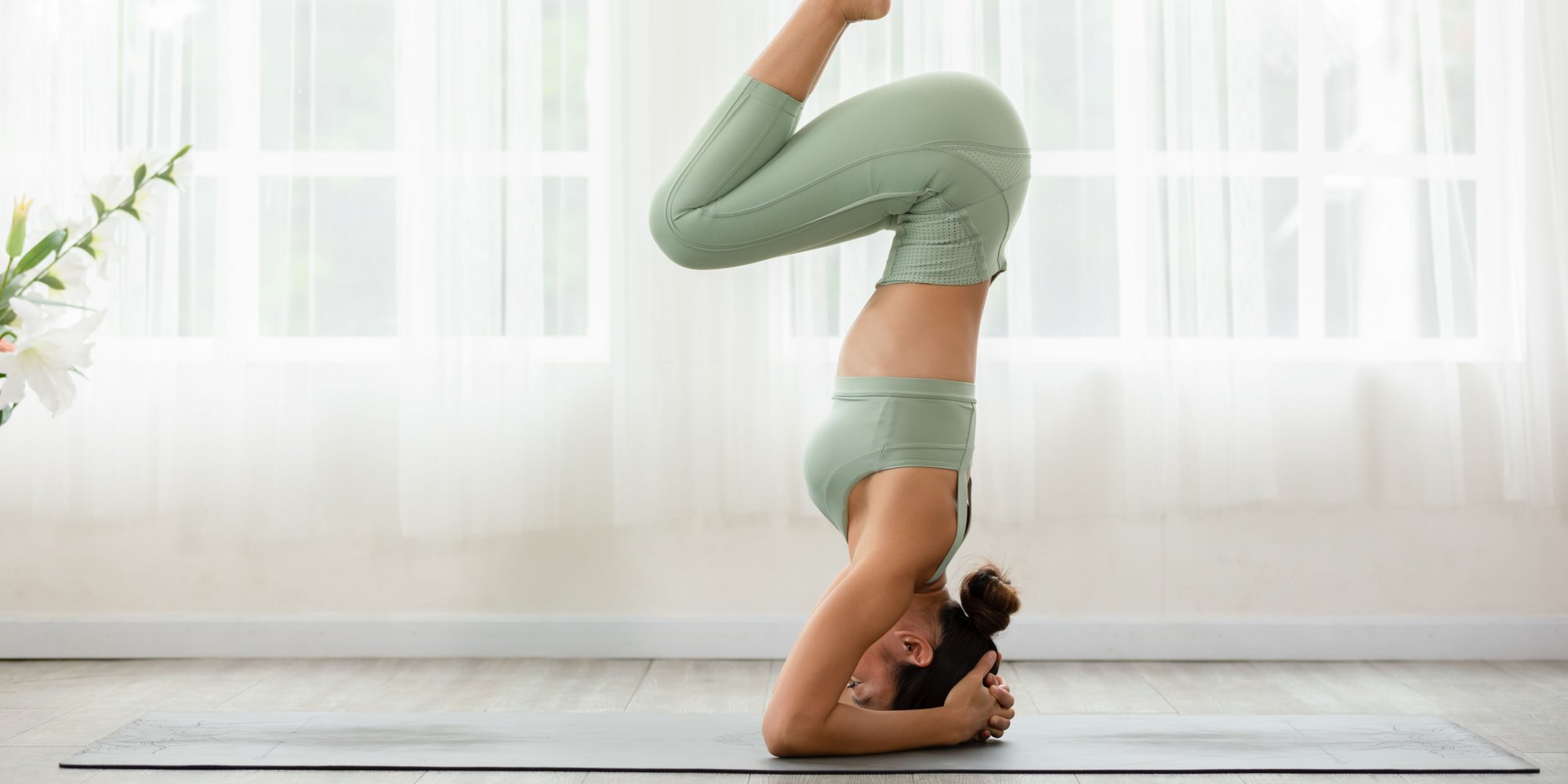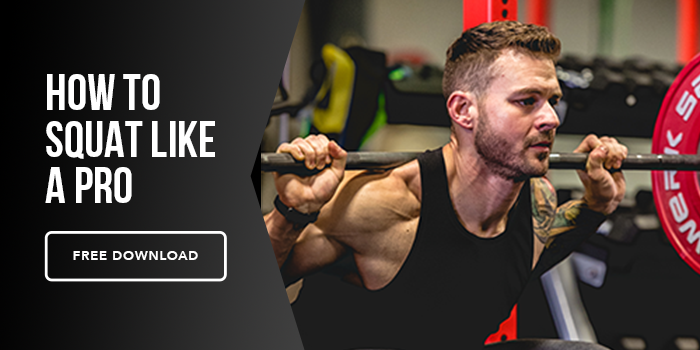I’m going to be honest with you–I’ve never taken a yoga class before. It’s not that I’m against it in any way, it just hasn’t happened yet!
However, I know plenty of committed yogis who rave about its benefits, and how it has totally shifted their mindset to one that is more relaxed, and stress-free. And yes, there are plenty of benefits we can talk about!
Yoga has been found to reduce stress, improve breathing patterns, help your body recover from strenuous workouts, and improve flexibility and mobility. Others have found it can improve mental clarity, because yoga triggers the release of chemical gamma-aminobutyric acid, or GABA, a neurochemical responsible for regulating nerve activity. The euphoric effects of practicing yoga are quite rewarding.
If you primarily strength train, and you would call yourself a novice when it comes to yoga and its intricacies, there are ways you can gradually incorporate it into your routine that may actually enhance your gains. As with most things, what I am about to go over are more of suggestions as to how to go about it. Everyone’s body is different, and we all have different goals, so if something doesn’t work with your schedule or what you are trying to accomplish, just shift.
With something like yoga, you can kind of make it your own (just like with most forms of fitness). And there are so many variations to fit your goals.
You’ve got vinyasa yoga, a popular yoga variation that teaches you to breathe through a series of poses. There is Bikram yoga, or “hot” yoga, which features a set of poses in a sauna-like room. Then you’ve also got restorative yoga, which is purely used to help you relax and free your mind. There are plenty of others, but these are just a few popular ones.
So, how do we go about adding it into your routine?
In general, I would start with 1, maybe 2 days a week, of yoga practice. If you are in the middle of a lifting season, or you have other goals in mind that center around performance or aesthetics, then keeping yoga to a minimum would probably be best. On the other end of the spectrum, you can do yoga almost daily if you are taking a break from lifting and just want to take a some time to improve on your mobility. It really comes down to whatever stage of training you’re in.
Fortunately, yoga isn’t a very intense practice. Unlike strength training and certain forms of cardio, it’s not very often you’ll get your heart rate up. So on lighter lifting days, you can add a yoga session, and it wouldn’t be detrimental to your strength goals.
In fact, adding yoga may aid in the anabolic response we strive for when working on building muscle. We lift weights to build muscle, but it takes more than that to actually see growth. Recovery days are just as important, and yoga is an amazing recovery activity you can do on days when you’re not working out, or as I mentioned before, light lifting days. Too much stress on the body will inhibit the muscle-building response, so light-intensity activities that promote recovery and reduce stress are encouraged.
As far as what kind of yoga to practice, I suggest that you to try a few variations and see what resonates with you more. Do you like holding poses for long periods of time, where the tension can feel similar to lifting weights? Or do you feel better with a more fluid approach, where you’re moving at a faster speed? It’s difficult to pinpoint which strategy is better than the other, but ultimately, it really comes down to what holds your interest the most if yoga is something you are truly interested in.
Let’s say yoga just isn’t your jam, and even after multiple practices, you still have a hard time making it through to the end of class. You can always take elements from yoga and practice on your own time. Take 10 minutes after resistance training to go through a flow as your cooldown, or if you have 30 minutes in the evening, and you’re feeling a bit antsy, a yoga session may be just the solution to put your mind at ease without disrupting your sleep.
Yoga is an excellent complement to strength training, and I encourage you to give it a try–and I promise I will too!






